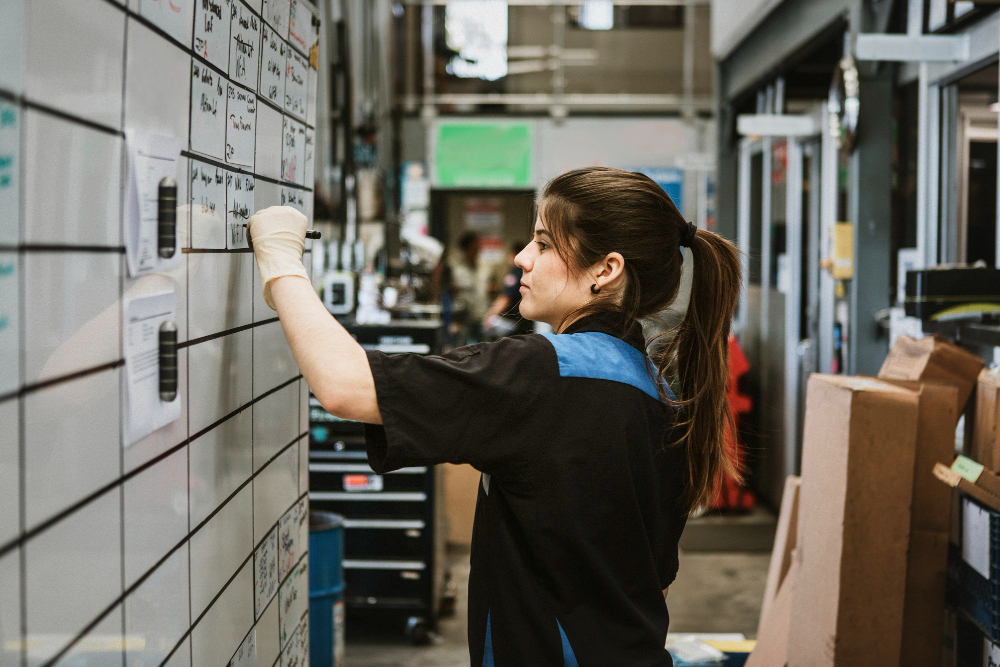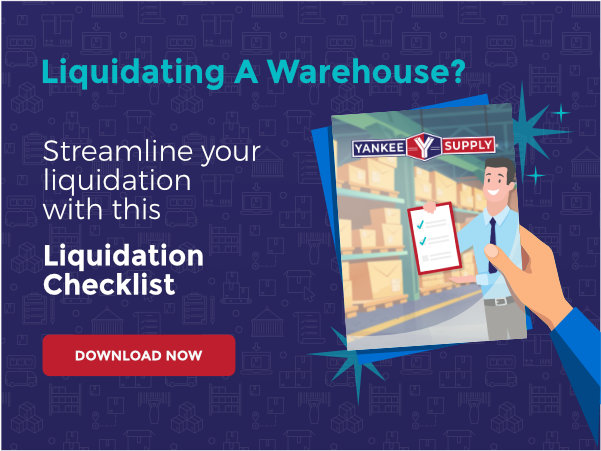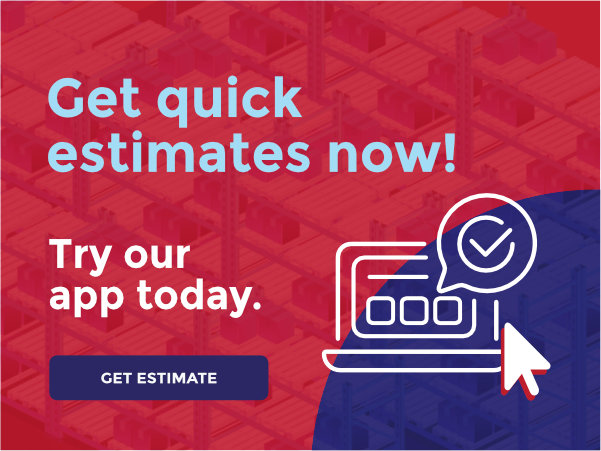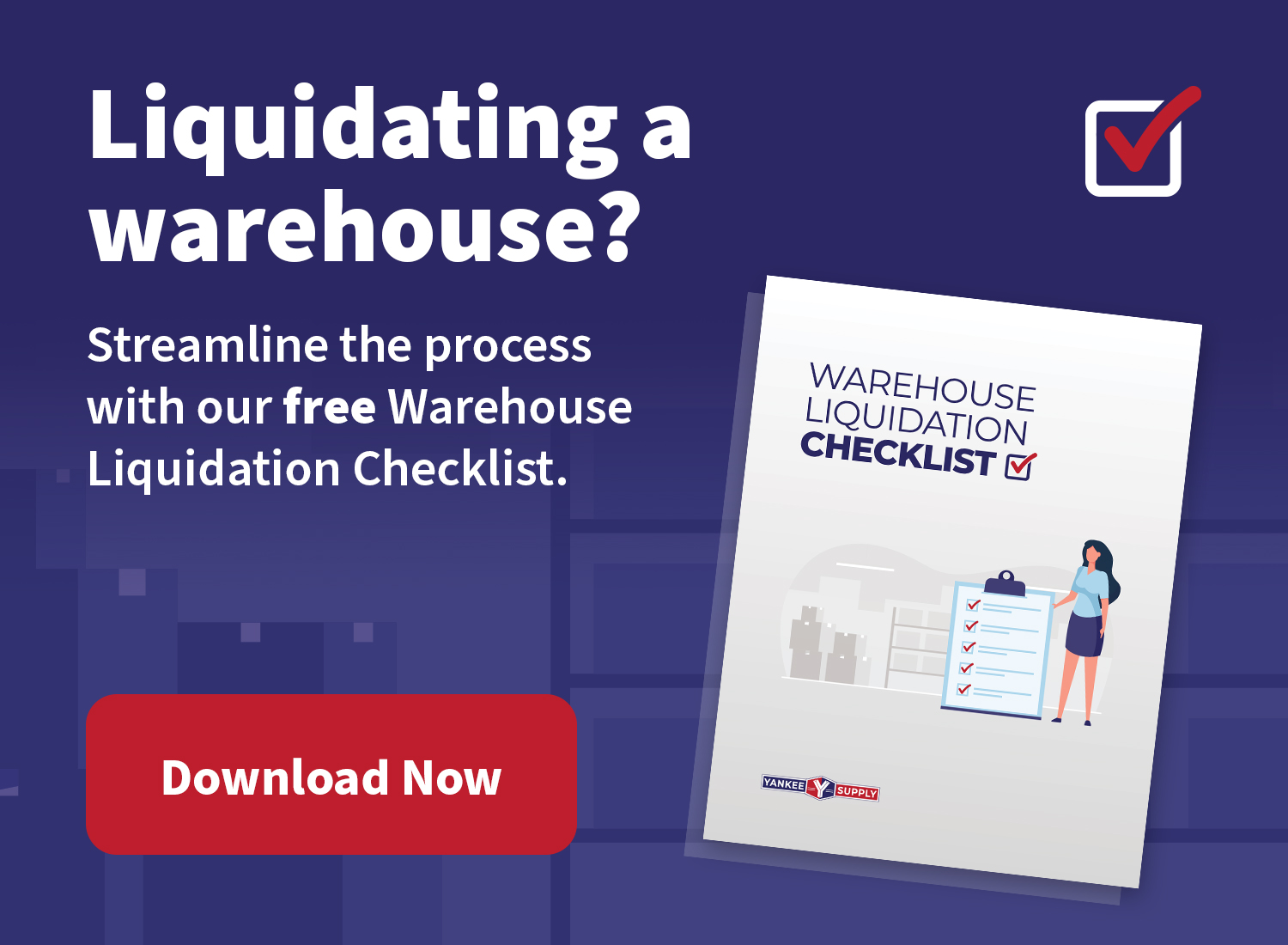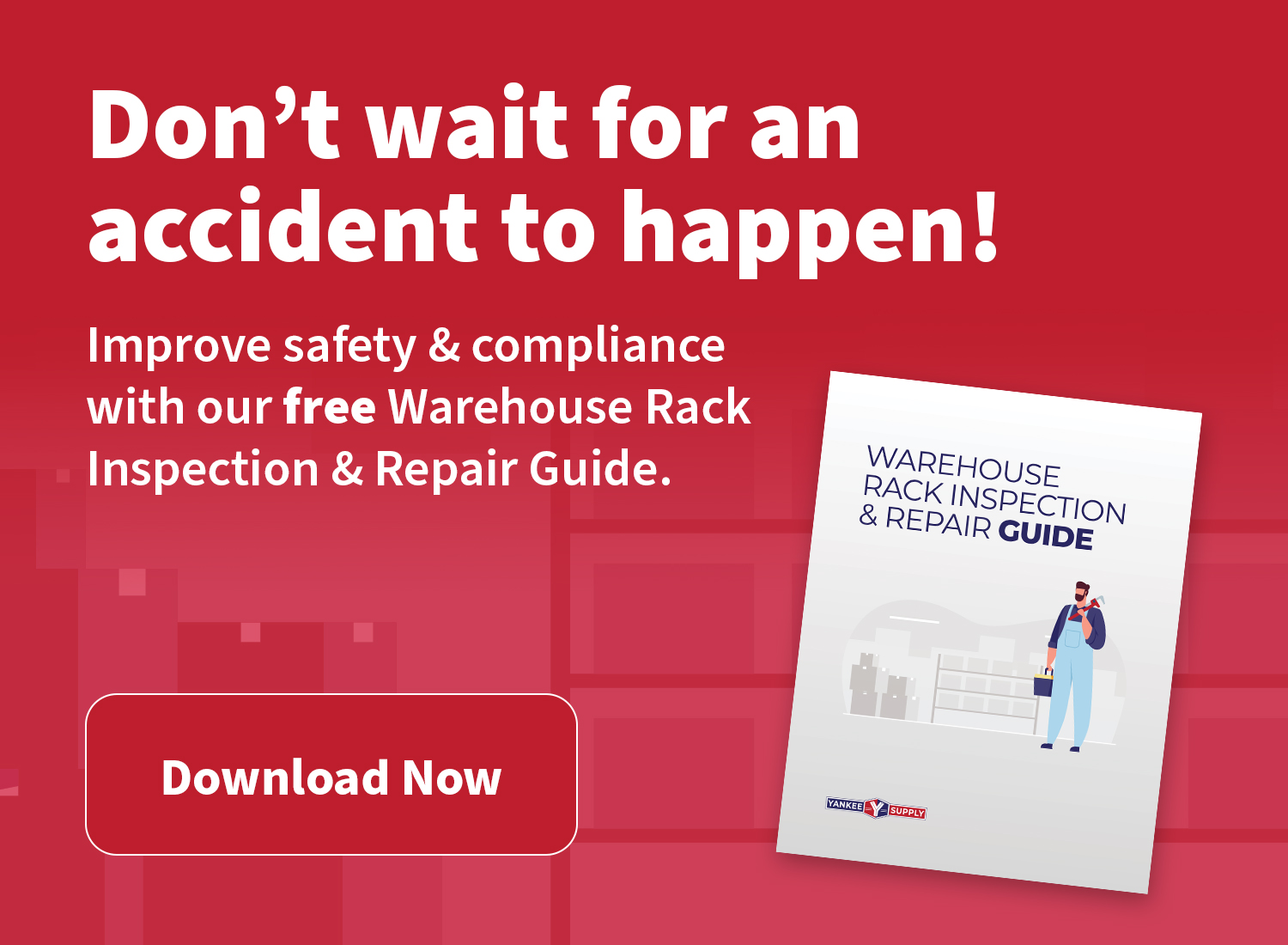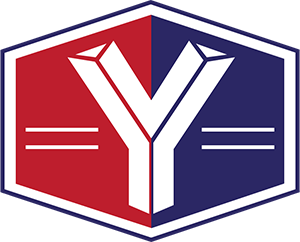Equipment Liquidation is a complex but effective way to maximize your profit from surplus equipment in your warehouse. Unfortunately, you may not have the luxury of time or experience in designing this process to fit your warehouse needs and may find yourself starting with no plan at all. This usually results in loss of profit and wasted effort which you want to avoid at all cost.
The liquidation process mapping is crucial to the success of your work effort. It will save you time, money, and effort and help you get rid of all the hassle.
You are about to learn how successful warehouse managers design their liquidation process maps. Make sure to take notes so you don’t miss a single detail.
How to Get Started?
The key to designing an effective and hassle-free equipment liquidation process map is defining why you’re liquidating, what kind of warehouse catalog you have and what kind of results you want to achieve.
Knowing why you actually want to perform liquidation in the first place is a great place to start. Is it to free up space occupied by obsolete/unused warehouse equipment?, …is it to make room for another work effort? …or you simply need to do it as part of your annual routine?
You also need to define the type of warehouse you have. The size and occupancy of your warehouse is critical to identify how much effort, hours and manpower you need to execute the task. Do you want to run liquidation on the entire warehouse or do it in batches? This decision is critical to measure your desired results.
Designing your Work Effort Process Map
Now that you have established your initial requirements, defining each step and ensuring that they are executed successfully before moving on to the next one is very important.
1. The Phases
You must be familiar with the divide and conquer strategy. This is what phases are all about. Breaking down the entire work effort into stages and defining the actions to be taken per each stage will help you stay organized and make everything easier to manage. Starting with the end in mind is one way to do this. Decide what you want out of the process and then decide how much effort, people and money it will take to achieve that goal.
2. The Actors
Now that you have the phases and action items in place, you need to identify who is going to execute them. Knowing your organization and the expertise of each staff member is critical to nail this part of the design process. If you feel that your team lacks the talent needed to execute a certain step in your process map, consider availing someone else’s services (e.g., a professional auctioneer) to do all the work for you. Companies like Yankee Supply can help you with the process to ensure that it goes smoothly and efficiently.
3. The Timeline
Every work effort must have a carefully laid-out timeline. You are not expecting to spend time on a particular step forever and the faster things are done, the sooner you can move on to the next action item. These start dates and deadlines will help you push for more effort from your actors and optimize your expected profits. Your timeline must be realistic. It is critical to consult your actors before finalizing these dates because after all, they are the ones doing the legwork to meet the target.
4. The Deliverables
Having deliverables per phase will help you measure the success of your design. This will also help you track the overall progress of the work effort and identify faults in the process. Deliverables might be tangible (sales report, asset catalog file) or intangible (a verbal confirmation that a certain task is done) as long as they define that the purpose of a certain action item in your process map is achieved.
5. The Evaluation
This is the most important part of the design process. It is important for you to record the progress and define your work effort’s completion status and achieved profit between stages since this can be used to evaluate whether your plan is a gem or if it needs review and improvement. Your plan must be flexible to changes and should be able to easily adapt to the ever-changing needs of your warehouse, staff and market.
The Liquidation Process Designer Mindset
Congratulations, you now have the foundation you need to start a liquidation process map from scratch. Keep in mind that process designers are always ten steps ahead of each action item. Your plan should always account for all potential failures that may happen and include remediation suggestions to resolve them. Visit Yankee Supply’s liquidation portal for more professional tips, or you can show us your catalog and consider us as your potential buyer.

